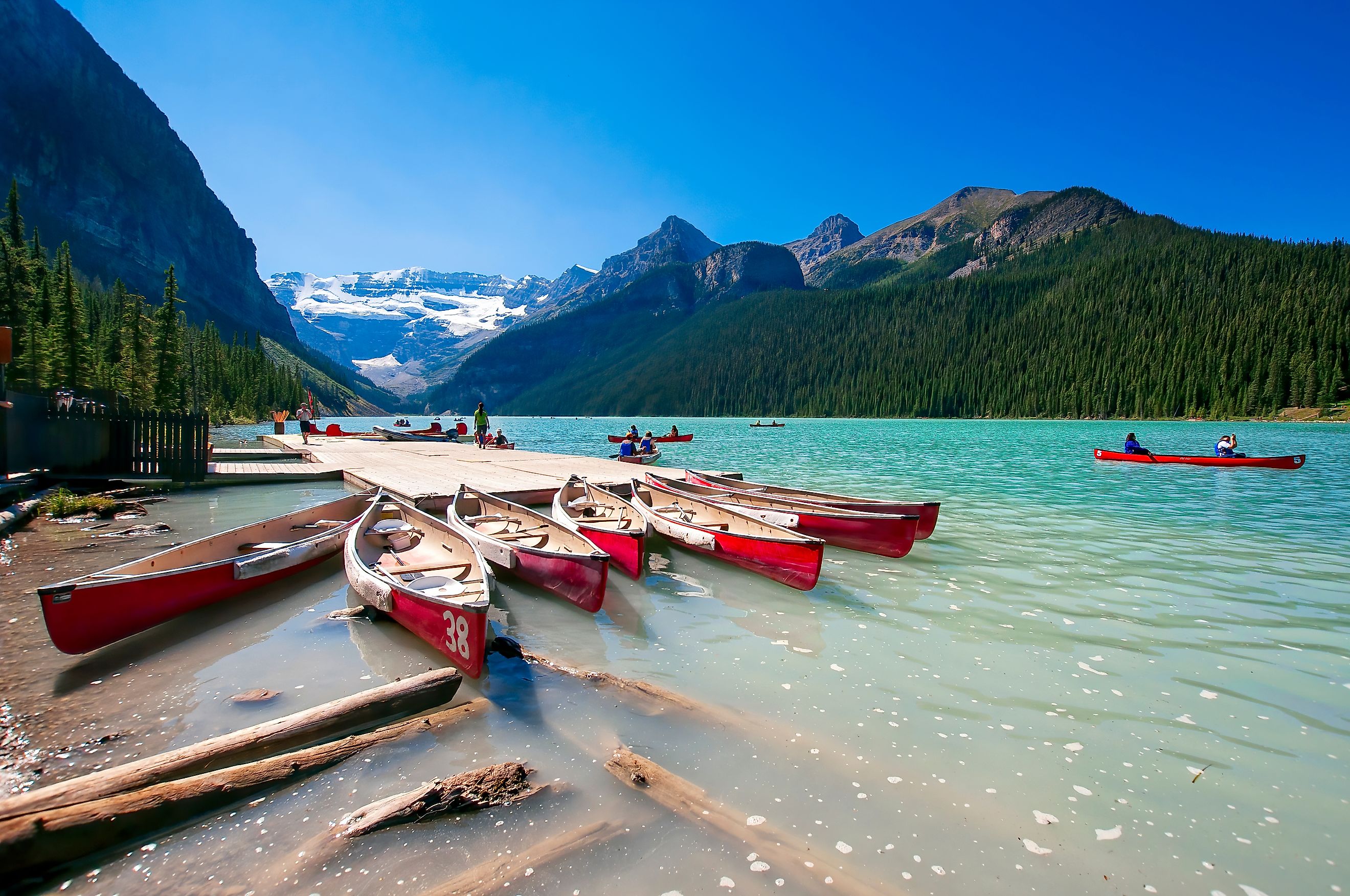
These World Heritage Sites Show The Best Of The Canadian Rockies
One of the crown jewels of Canada's natural landscape is its row of soaring Rocky Mountain peaks. Here, along the provincial border between British Columbia and Alberta, four national parks and three provincial parks protect a massive (i.e. 2,360,000 hectares) contiguous stretch of timeless scenery. As of 1984, recognizing the raw beauty of the region, as well as the paleontological value of the accompanying Burgess Shale, UNESCO inscribed these Canadian Rocky Mountain Parks as a World Heritage Site - thereby adorning them with even more protections and acclaim. Though certain sections attract record-breaking numbers of tourists, others slip serenely below the radar. But in either case, these seven parks represent the best of the Canadian Rockies. Let's take a tour.
Banff National Park
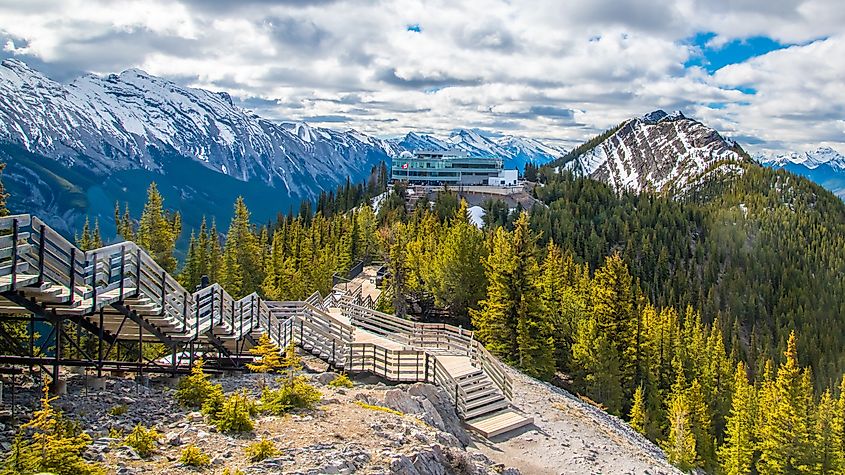
Canada's oldest national park is also, far and away, its most visited. Last year, 4.3 million people rolled through the gates of Banff National Park, with many of them stopping by the iconic Town of Banff. But despite the international intrigue, Banff has done a solid job at balancing its crowds and hidden gems. Yes, you are likely to be in good company if shopping or dining along Banff Avenue (now a summer pedestrian strip), soaking in the hot springs, riding the gondola, photographing the turquoise waters of Lake Louise, or checking off a number of well-advertised hikes. But with that said, Banff is a big place, and there are plenty of challenging mountains, backcountry excursions, and even undiscovered (by comparison) panorama viewpoints that are perfect for purists and introverts.
Kootenay National Park
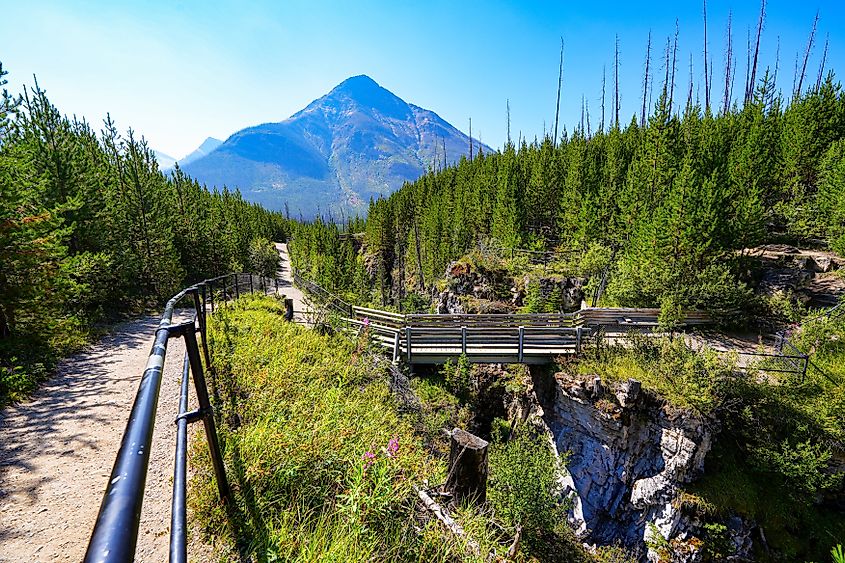
Halfway between the towns of Banff and Lake Louise, the exceptionally scenic and historic Highway 93 branches south into British Columbia. Kootenay National Park straddles this two-lane roadway for nearly its entire length, offering loads of trailheads, tranquil turnouts, and off-shoot side quests. Some of my favorites include Marble Canyon, with its boardwalks across dramatic chasms, the trying trek up to Stanley Glacier that reveals the 508-million-year-old Burgess Shale in the process, the enchanting, multi-day traverse of the Rockwall (easily one of the best hikes in Canada), the immersive alpine meadows and forests at Nipika Mountain Resort, and the commercialized hot springs just before the park's terminus Village of Radium. Kootenay National Park can be enjoyed leisurely through the windshield for little more than an hour or for many activity-filled days across several seasons.
Yoho National Park
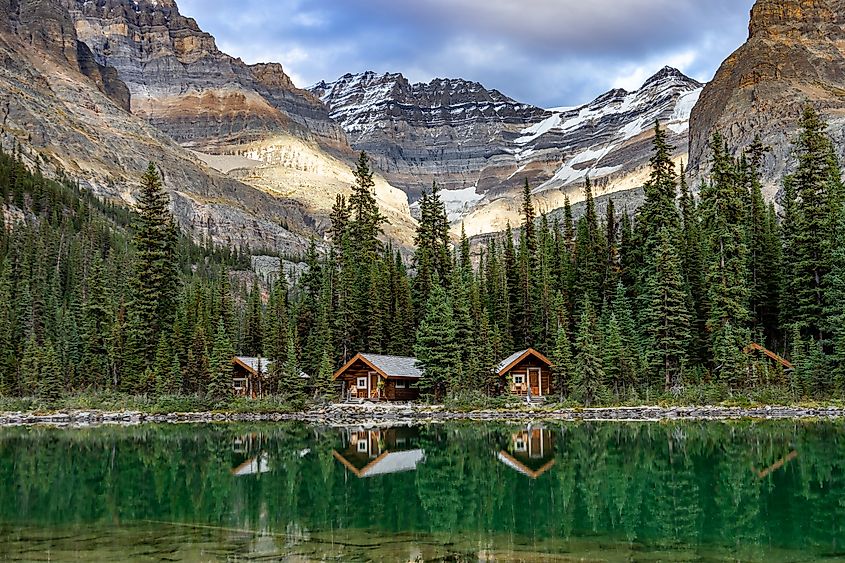
Also nudging up against Banff's western boundary (which coincides with the Great Divide), and just north of Kootenay, is Yoho National Park. The Burgess Shale continues into these parts, allowing visitors to day-hike across the ancient shallow sea, now replete with marine fossils. Walcott Quarry is a tough, 22-kilometer out-and-back trod, but the juice is worth the squeeze: this alpine area is one of the world's most celebrated paleontological sites. Mount Stephen is a shorter option for those on the hunt for some trilobite treasures - though a similarly taxing elevation profile must still be negotiated. If you'd rather stay in low gear, take a shuttle (which must be reserved through Parks Canada) to the pristine Lake O'Hara. Yoho's Visitor Center sits just across the Kicking Horse River from the park's civilized base camp of Field. Pay this mountain village a visit before scooting up to the fourth and final national park under the UNESCO umbrella.
Jasper National Park
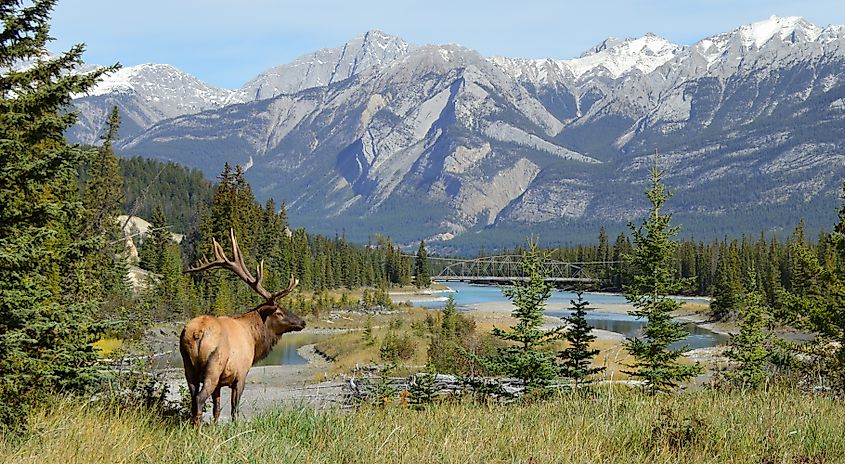
With just shy of 2.5 million visitors in 2023, Jasper is Canada's second-most-popular national park. Sadly, this year's figure will drop due to summer wildfires that crippled the titular town, scorched 33,000 hectares of montane forests, and closed most parts of the park for months. Be that as it may, the nation's largest national park (and second-largest dark sky preserve) will rebound in time.
The 232-kilometer Icefield Parkway (easily one of the world's most scenic drives), immediately upon entering the park, passes the largest icefield in the Canadian Rockies: the Columbia Icefield. The dynamic, crevasse-riddled Athabasca Glacier can be traversed via a heavy-duty Ice Explorer or simply admired from roadside turnouts. Just a touch further north, the breathtaking, glass-floored Skywalk shocks brave pedestrians with sweeping views of Sunwapta Valley (queue the Netflix logo sound!). Look down 918 feet and you're likely to see sure-footed mountain goats, and, if you're lucky, maybe even a grizzly (Jasper, after all, has the highest population of bears of all four Rocky Mountain national parks).
Mount Assiniboine Provincial Park
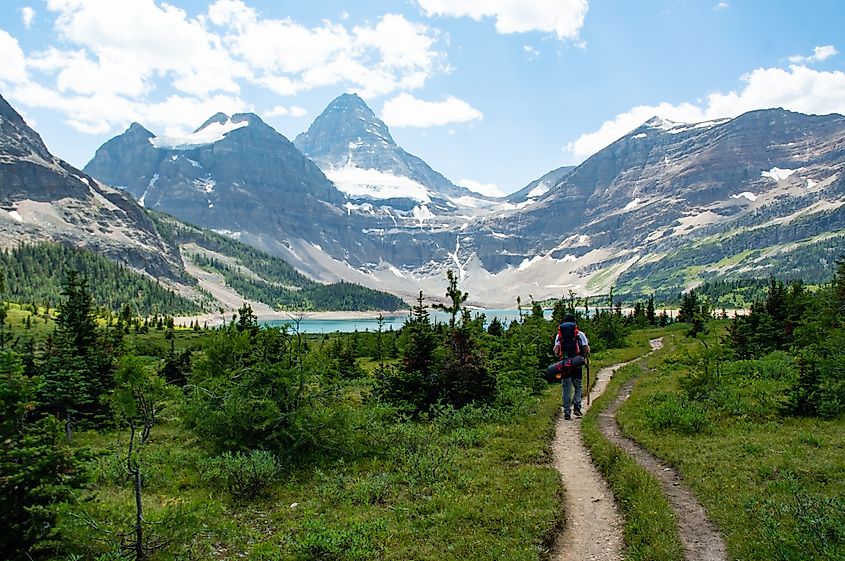
The marquee mountain of our first provincial park, with its stark, pyramidal form, bears a striking resemblance to the Matterhorn of the Swiss Alps. British Columbia's Mount Assiniboine Provincial Park is the puzzle piece that connects the southwestern extent of Banff National Park with Kootenay National Park. Unlike the aforementioned federal entities, BC's Rocky Mountain paradise intentionally lacks any through roads. To see the marvels of Mount Assiniboine, pass disconnected days in Mount Assiniboine Lodge, or reach the serene campgrounds at Og and Magog Lakes, one must make the trek, saddle up or horse, or hire a helicopter. As for standing on the summit of the 3,618-meter (11,867-foot) rockstar that is a serious and technical undertaking that is best done with a licensed guide (but even glancing upon its visage is a visceral experience).
Mount Robson Provincial Park
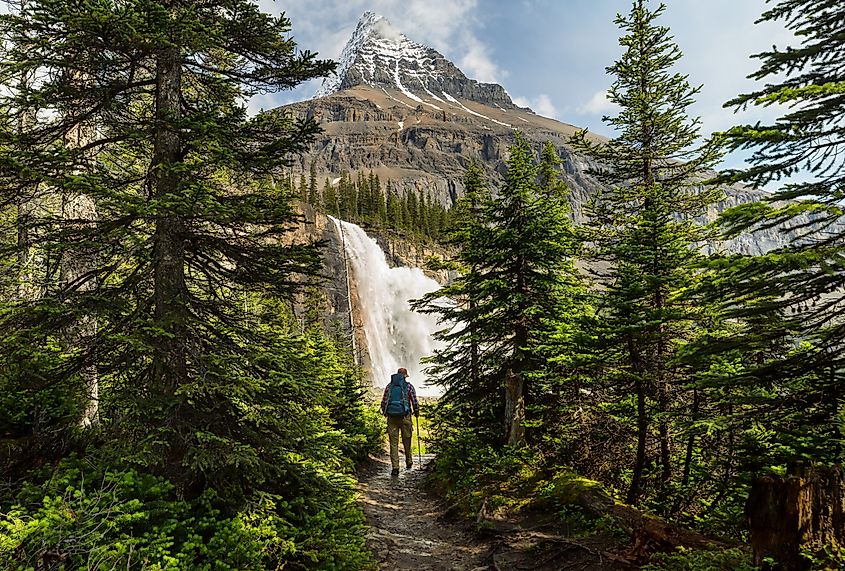
While we're on the subject of provincial parks named after mountains, the highest peak in the Canadian Rockies necessitates attention. At 3,954 meters (12,972 feet) above sea level (including a 2,000m prominence), Mount Robson proudly punctures the clouds and gathers adoring crowds. Avid mountaineers may wish to conquer the resident king, while backcountry hikers will be just as satisfied to tackle the 42-kilometer Berg Lake Trail, which skirts along its western slope. (Note: due to flooding, the trail has been partially closed since 2021, so check ahead for details). Those short on time or looking for a more leisurely pursuit will appreciate the Mount Robson Corridor (i.e. Yellowhead Highway), which rolls through the park for 63 enticing kilometers. And finally, I'll always remember the brief but arresting views of Mount Robson from out the Via Rail window. The train reaches parts of not only this provincial park, but also Jasper National Park (i.e. its neighbor to the east), that cannot otherwise be seen.
Hamber Provincial Park
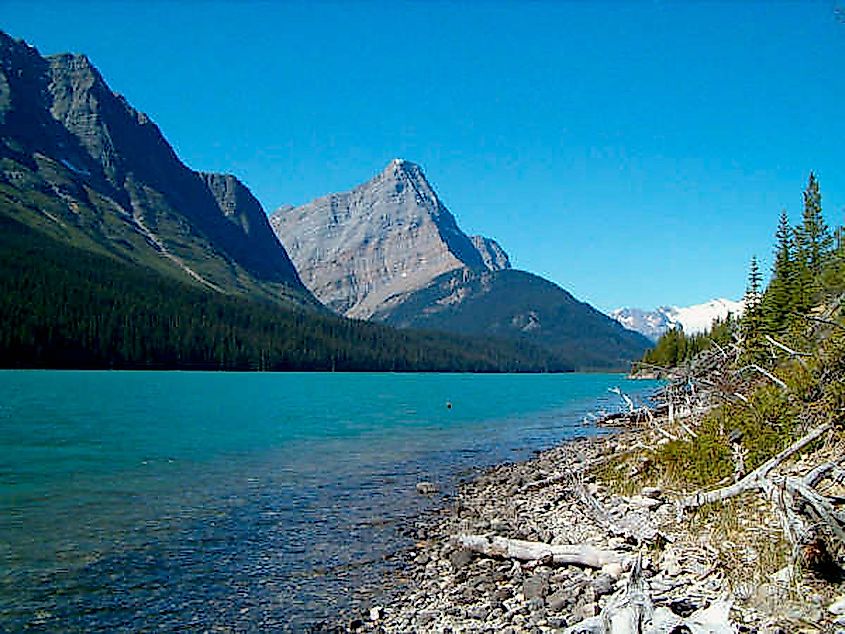
The smallest entity within the Canadian Rocky Mountain Parks World Heritage Site is Hamber Provincial Park, which sits shyly in Jasper's southwestern nook (just south of Mount Robson). Similar to Mount Assiniboine Provincial Park, this BC-based haven lacks road access. Hamber, however, ups the ante even further by intentionally neglecting any infrastructure or services. In order to access the park's focal point, Fortress Lake, visitors must hike (no horses allowed) the 22-kilometer trail that begins within Jasper National Park (at Sunwapta Falls). There, a rustic campground awaits within an otherwise unadulterated wilderness - one that is deep within bear country. Hamber Provincial Park is the ideal antidote for those deterred by the dense crowds within other parts of the UNESCO boundary.
Parting Thoughts
For forty years, these seven parks have benefited not only from provincial and federal protections but also those awarded to a World Heritage Site. Collectively, they enshrine the beauty of the snowcapped Rocky Mountains, as well as the valleys, ice fields, lakes, and forests that surround them. This UNESCO site also covers the full spectrum of outdoor recreation - from augmented tourist attractions to raw retreats within an amoral wilderness. Best of all, the Canadian Rockies support four-season fun, so no matter your fancy, there's no time like the present to go exploring.











